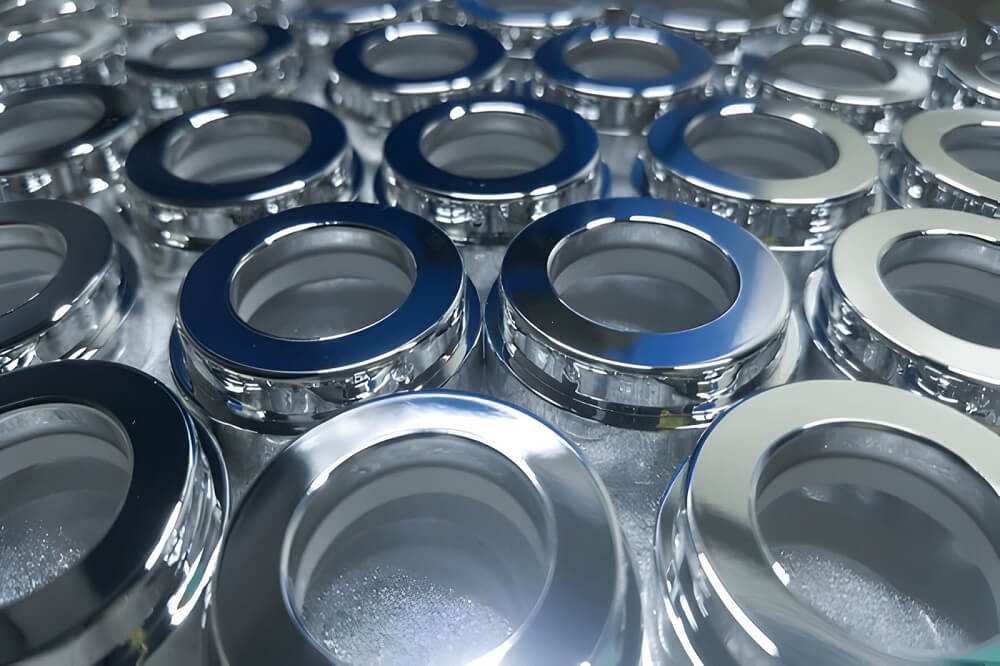Metal Injection Molding (MIM) is a popular method used to make small, detailed metal parts. It combines plastic injection molding with metalworking. This process allows companies to create complex shapes with high precision. However, producing small parts using MIM can sometimes be costly. But there are ways to make the process more affordable.
In this article, we will explore how to reduce costs in MIM without sacrificing quality. We will cover the basics of MIM, its benefits, and some cost-effective solutions.
What is Metal Injection Molding?
Metal Injection Molding (MIM) is a method used to create small metal parts. It involves mixing metal powders with a binding agent to make a material called “feedstock.” This feedstock is injected into a mold to form the part’s shape. After molding, the binder is removed, and the metal part is sintered, which fuses the metal particles together.
MIM is ideal for making small, detailed parts in large quantities. It is used in many industries, such as automotive, electronics, and aerospace. This process allows manufacturers to create metal parts that are complex and precise.
Benefits of MIM for Small Parts
MIM provides several key benefits for small parts production:
- Complex Shapes: MIM allows for the creation of small parts with intricate details.
- High Precision: The process ensures that the parts have tight tolerances, meaning they are highly accurate.
- Material Flexibility: MIM works with a variety of metals like stainless steel, titanium, and nickel.
- Efficient for Large Volumes: Once the mold is created, MIM can quickly produce many parts.
- Minimal Waste: The process wastes less material compared to methods like machining.
Factors That Affect MIM Costs
Several factors influence the cost of MIM production:
- Material Type: The metal used in MIM can impact the overall cost. Some metals, like titanium, are more expensive than others.
- Tooling Costs: Molds are required to shape the parts. These molds can be expensive to create, especially for complex designs.
- Production Volume: MIM is more cost-effective for large production runs. Small production batches may lead to higher costs per part.
- Part Complexity: Parts with more intricate designs may increase costs due to the need for more advanced tooling.
- Additional Processing: Some parts require further machining or finishing, which can add to the cost.
Cost-Effective Solutions for Small Parts in MIM
There are several ways to make MIM more affordable for small parts production. Here are a few solutions:
Choosing the Right Material
Selecting the right metal can reduce costs. For example, stainless steel is a common and cost-effective material in MIM. It offers strength and corrosion resistance without being too expensive. Other metals, like aluminum or copper, may also be good choices depending on the application.
Efficient Tooling
Tooling is one of the biggest upfront costs in MIM. Manufacturers can reduce this cost by designing molds that are more versatile. A single mold can be designed to make different parts with slight variations. This approach helps spread the tooling cost over several products, making it more affordable.
Designing the part with simple features can also reduce the complexity of the mold, which helps lower costs.
Optimizing Production Volumes
MIM is best suited for high-volume production. The more parts you produce, the lower the cost per unit. If large volumes aren’t possible, consider combining similar parts into one production run. This can help spread out fixed costs and lower the overall expense.
Reducing Waste
MIM is already a low-waste process compared to other methods, but there are still ways to reduce material waste. The leftover metal powder from one production cycle can often be reused. This minimizes the need to buy new raw materials, reducing costs further.
Additionally, improving processes to reduce scrap rates can lead to cost savings. Less waste means lower material expenses.
Examples of Industries Using MIM for Small Parts
Several industries are using MIM to produce small parts at a lower cost:
Automotive: MIM is used to make small, precise parts like gears, valves, and connectors. These components need to be durable and reliable, and MIM allows for efficient mass production.
Medical Devices: MIM is commonly used to create small, detailed parts for medical tools and implants. This method is preferred due to its ability to produce biocompatible metal parts with high accuracy.
Electronics: In the electronics industry, MIM is used to manufacture tiny components for devices like smartphones and laptops. The process allows companies to create parts with intricate shapes at a low cost.
Aerospace: Aerospace companies use MIM to produce small, lightweight parts that are strong enough to withstand extreme conditions. MIM helps meet the high standards required in this industry.
Future Trends in MIM for Cost Reduction
The future of MIM looks promising, especially with ongoing advancements aimed at reducing costs. For example, 3D printing technology can help create cheaper molds, reducing tooling costs. This makes MIM more accessible for smaller production runs.
Researchers are also working on developing new materials that offer the same performance as high-cost metals but at a lower price. These materials could lead to further cost savings in industries like automotive and aerospace.
In addition, automation and better monitoring systems can help streamline production, lowering labor and material costs.
Conclusion
Metal Injection Molding is an excellent option for producing small, complex parts. While it can be expensive, there are several ways to reduce costs and make the process more affordable. By selecting the right materials, improving tooling, optimizing production volumes, and reducing waste, manufacturers can take full advantage of MIM’s benefits without overspending.
As technology continues to evolve, MIM will become even more cost-effective. Industries such as automotive, medical devices, electronics, and aerospace will continue to benefit from the process. With the right strategies, MIM can provide a high-quality, cost-efficient solution for small parts manufacturing.








